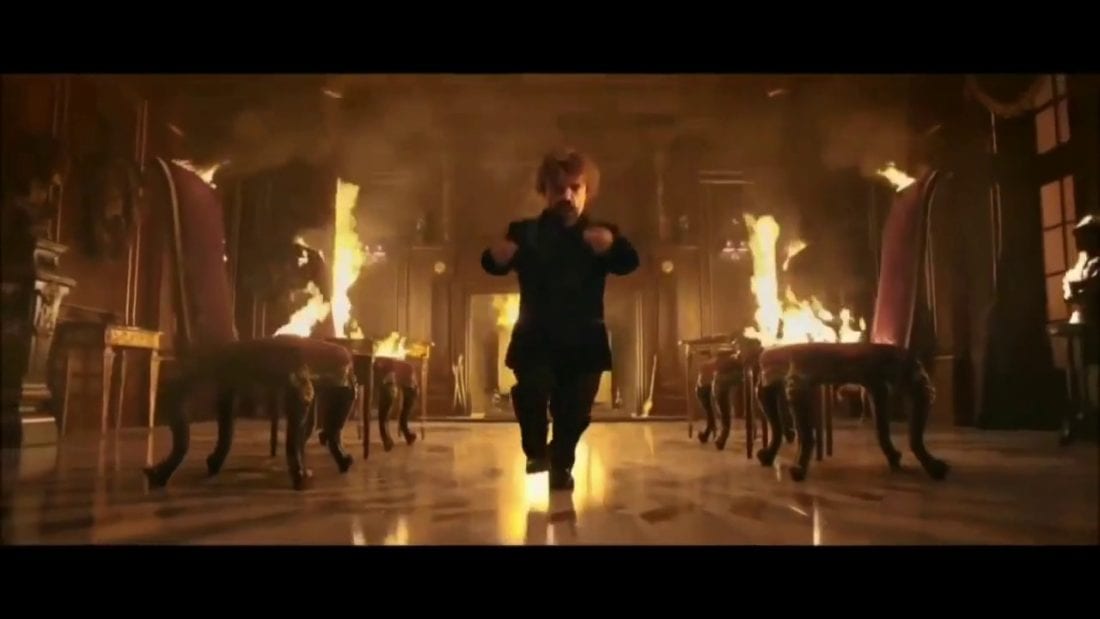Is Advertising the Cost of Being Boring?
Many Skate Ramp consumer brands have scaled with very little (or any) paid marketing activities out-of-store. Instead, they relied on other, labor-intensive field techniques I write about in my book. But, had they done advertising and done it well, would they have scaled faster?
It’s a truism in CPG, that 70% of revenue at any given time among mature brands is attributable to Product, Price and Placement decisions. And 30% is attributable to Promotional activities (excluding price promotions here).
Andy Sernovitz’ quote “Advertising is the Cost of Being Boring” is a snarky comment aimed at Big Brands that no longer get ‘talked up’ passionately by consumers, because they’re…well…boring now. These are taken-for-granted brands. Now Andy is a word-of-mouth marketing guru and naturally is not interested in objectively exploring the power of traditional ads too deeply. But, does he have a point?
As I wrote Ramping Your Brand in 2019, I was reminded at how absent paid advertising was and still is (aside from perhaps some awareness campaigns on Facebook) among the common best practices in accelerating early-stage velocity and thereby riding the Skate Ramp.
The biggest reason for a lack of traditional advertising is the traditionally large campaign expenses for things like TV, even cable TV (until recently). A local car dealership can rationalize cable TV ads because it knows it is reaching ALL of its addressable market with multiple impressions very efficiently. And because these ads are mostly reminders of their well-known local existence.
In fact, much of advertising is simply ‘reminding’ folks of your well-known brand. So, what is the role of paid advertising for early-stage brands? Have folks been overlooking an effective tool?
Marketing science research on small market share brands indicates that they benefit MORE than established brands from paid ads. Why? All they need is a multi-impression boost to drive large amounts of trial vs. large, national ‘reminder’ campaigns from big brands. And this is true. As long as the new brand has some kind of mass outcome at its core and doesn’t signal “weirdness.”
The challenge for early-stage brands in consumer packaged goods is the temporal gap between seeing an ad and being in a store capable of purchasing the brand in the ad. This gap is often days…or longer, for early-stage brands with spotty omni-channel distribution in most markets. The temporal opportunity to forget is huge.
Whereas, for DTC brands, there is a novel power: driving a sale within minutes on the same device the consumer saw the ad. A 2016 International Advertising Bureau study of U.S. consumers confirms what many have long suspected: only 34% of in-store retail purchases were related to online browsing (loosely defined). The burden of memorability for an ad at the top of the marketing funnel is very high for early-stage brands only sold in retail in specialty channels, for example.
This is why my running advice is that paid advertising is largely a Phase 4 tool to drive velocity growth with an eight-figure brand already chock full of passionate fans.
In other words, use WOMM (word-of-mouth-marketing) in the early Phases of the Ramp, and, then, budget and circumstances warranted, consider experimenting with modern advertising (including, yes, cable/VOD).
If you’d like more in-depth content for early-stage founders and operators in the consumer brand sector, please dig around my Founder’s Resources Page.
